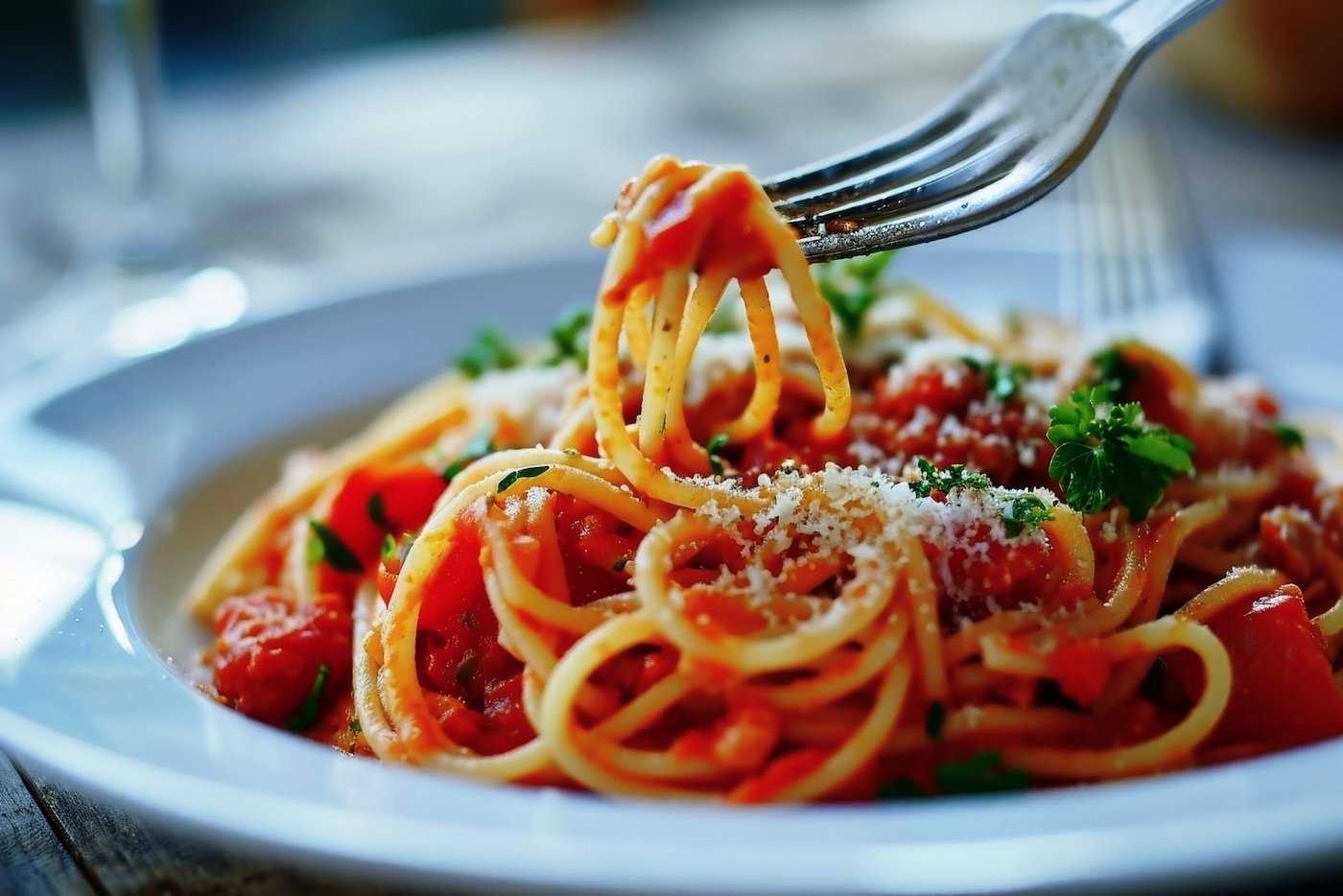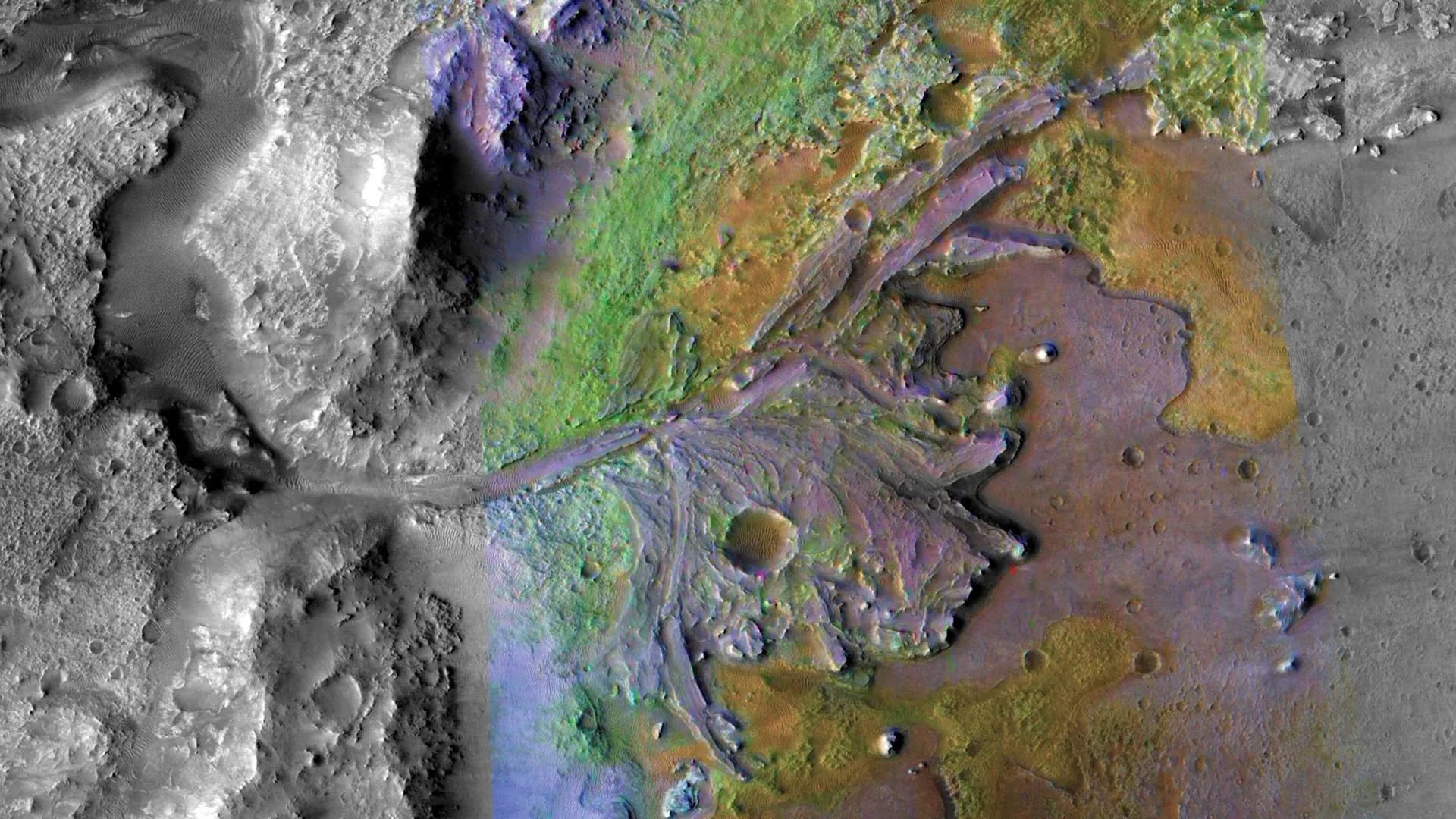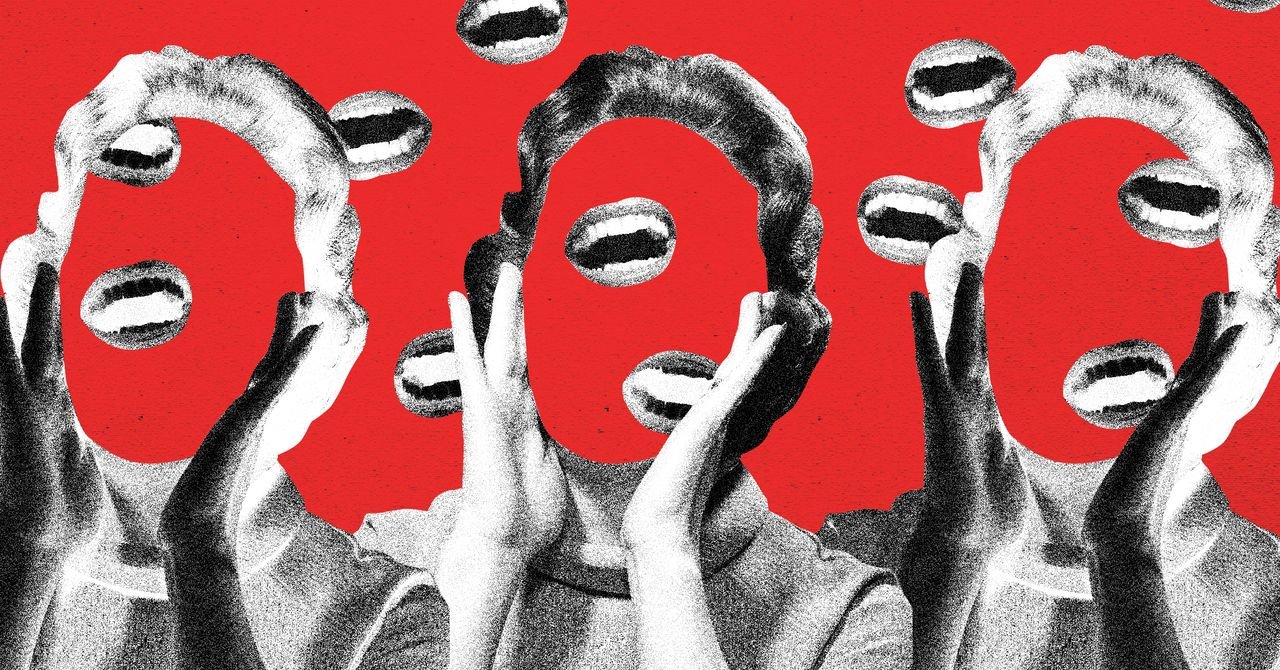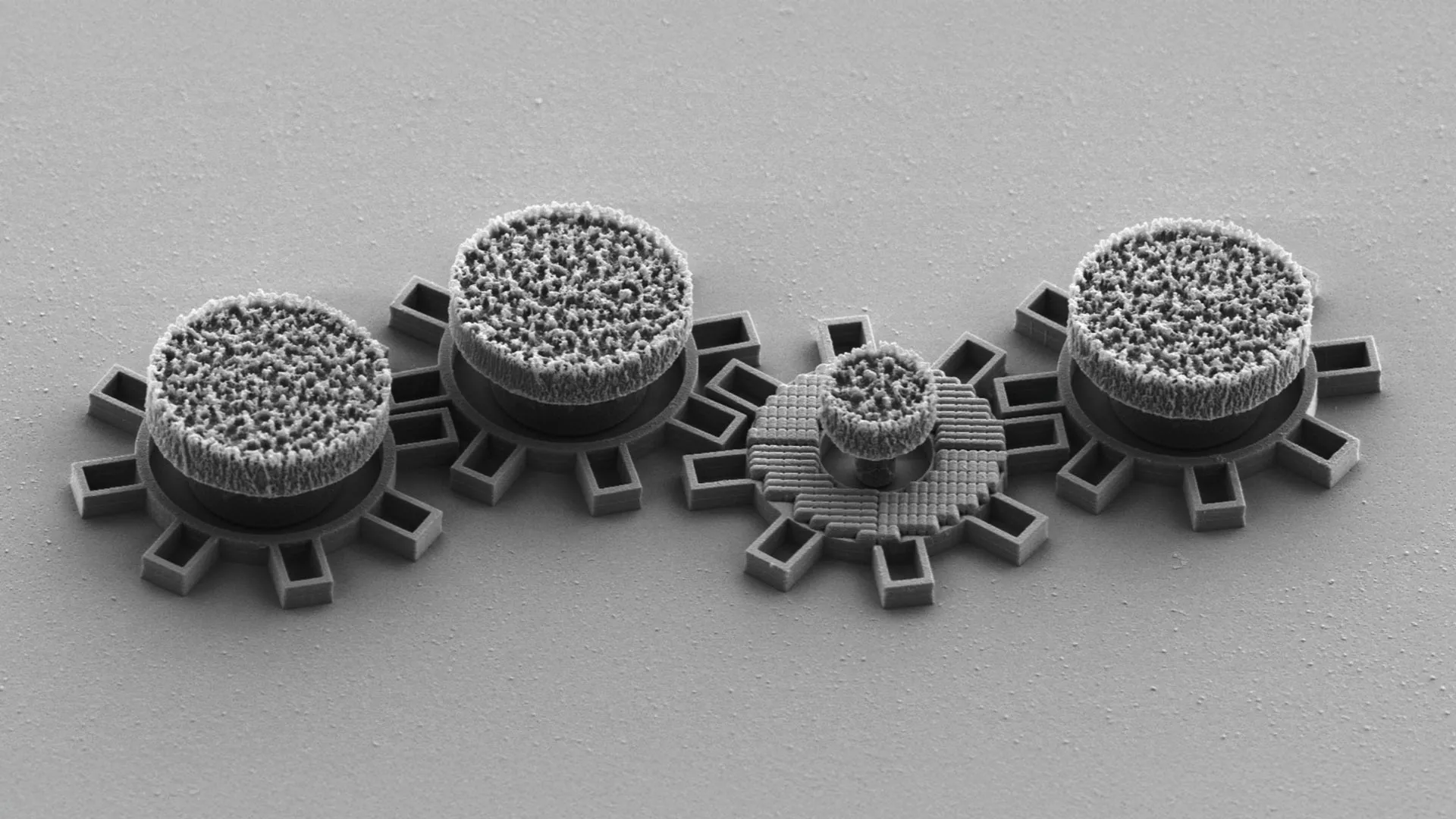
Most pasta is made from just two ingredients—flour and water. For decades this humble food has prompted physicists around the world to try to understand its mysterious properties and answer questions like: Why does a stick of spaghetti break into three pieces and not cleanly into two? And why is cacio e pepe so hard to perfect? The answers reveal more about the building blocks of the universe than you might expect.
Host Ira Flatow talks with Joseph Howlett, math writer at Quanta Magazine, and author of a recent story for the BBC about spaghetti science.




